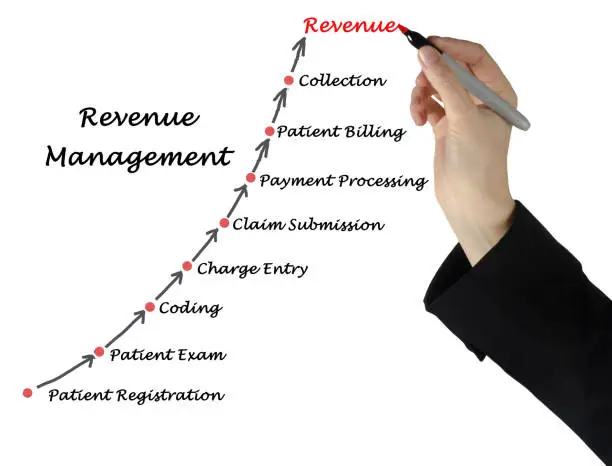Link to the site :
https://havily.com/what-is-revenue-cycle-management-rcm-in-healthcare/
In the world of healthcare, effective financial management is a crucial component of a successful medical practice or hospital. Revenue Cycle Management (RCM) is a term that has gained prominence in recent years, and it plays a pivotal role in ensuring the financial health and sustainability of healthcare providers. In this article, we will delve into the intricacies of Revenue Cycle Management, its importance, and how it can benefit healthcare organizations in delivering quality patient care while maintaining financial stability.
Defining Revenue Cycle Management (RCM)
At its core, Revenue Cycle Management (RCM) is a systematic process that encompasses the entire patient journey, from scheduling appointments and verifying insurance eligibility to billing, claims submission, and payment collection. The primary objective of RCM is to maximize revenue while minimizing delays, errors, and inefficiencies in the billing and reimbursement process. The revenue cycle in healthcare starts when a patient schedules an appointment and continues until the healthcare provider receives full payment for the services rendered. This cycle involves several stages, each of which presents its own challenges and opportunities for optimization.
Key Stages of the Revenue Cycle
- Patient Pre-registration: The revenue cycle begins when a patient schedules an appointment. At this stage, it’s essential to gather accurate patient information and verify their insurance coverage. Any inaccuracies or incomplete information can lead to delays in billing and claims processing.
- Insurance Verification: Healthcare providers need to verify a patient’s insurance coverage to ensure that services will be reimbursed. This step is crucial in preventing costly denials and rework.
- Point of Service Collections: Collecting co-pays and outstanding balances at the time of service is an essential part of revenue cycle management. This reduces the risk of unpaid bills and improves the organization’s cash flow.
- Coding and Documentation: Proper coding and documentation are essential to ensure that services are billed accurately and appropriately. Coding errors can lead to claim denials and revenue loss.
- Claim Submission: Once services are provided and documented, claims must be submitted to insurance companies for reimbursement. Timely and accurate claim submission is vital for a smooth revenue cycle.


No comments yet